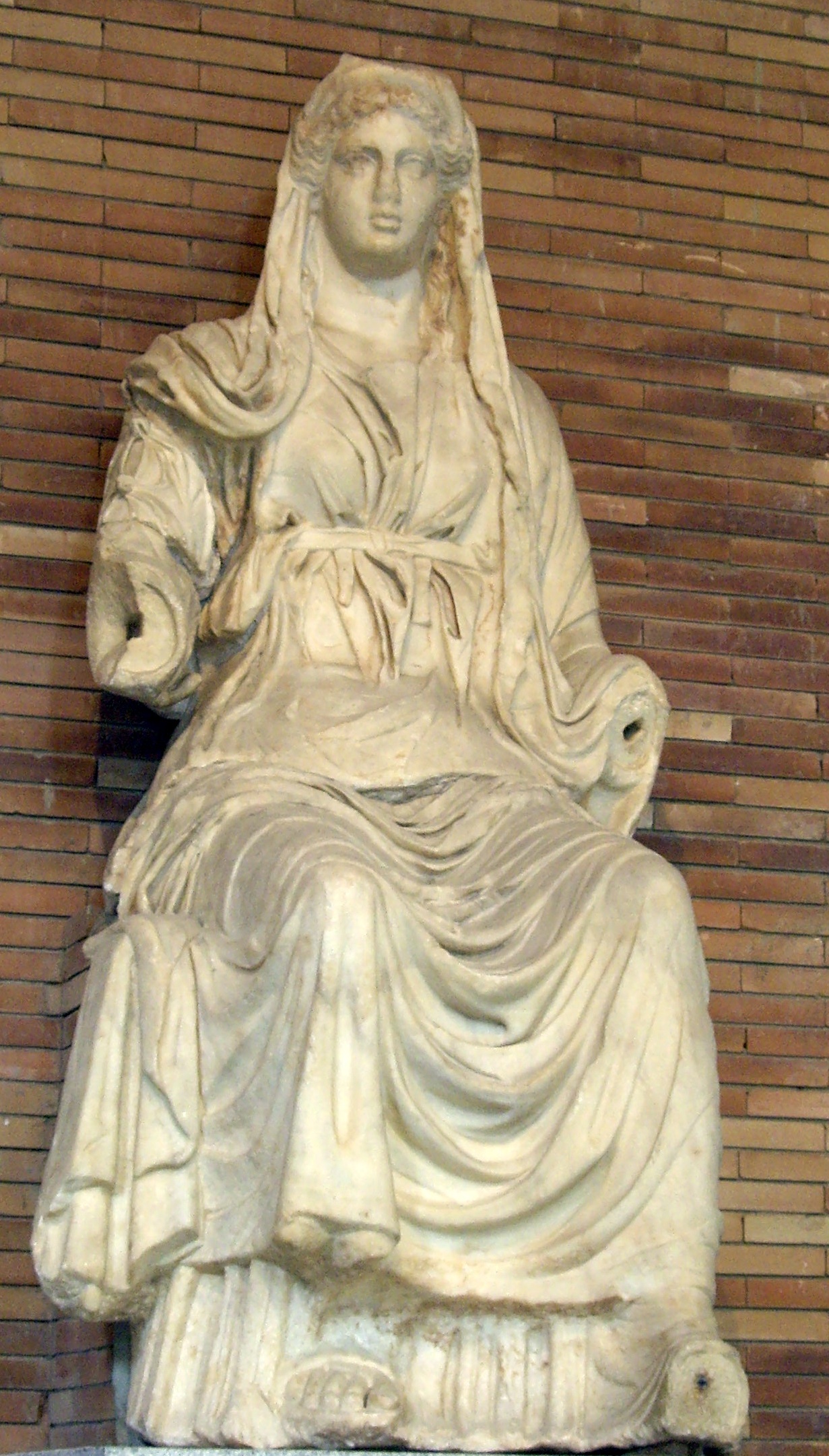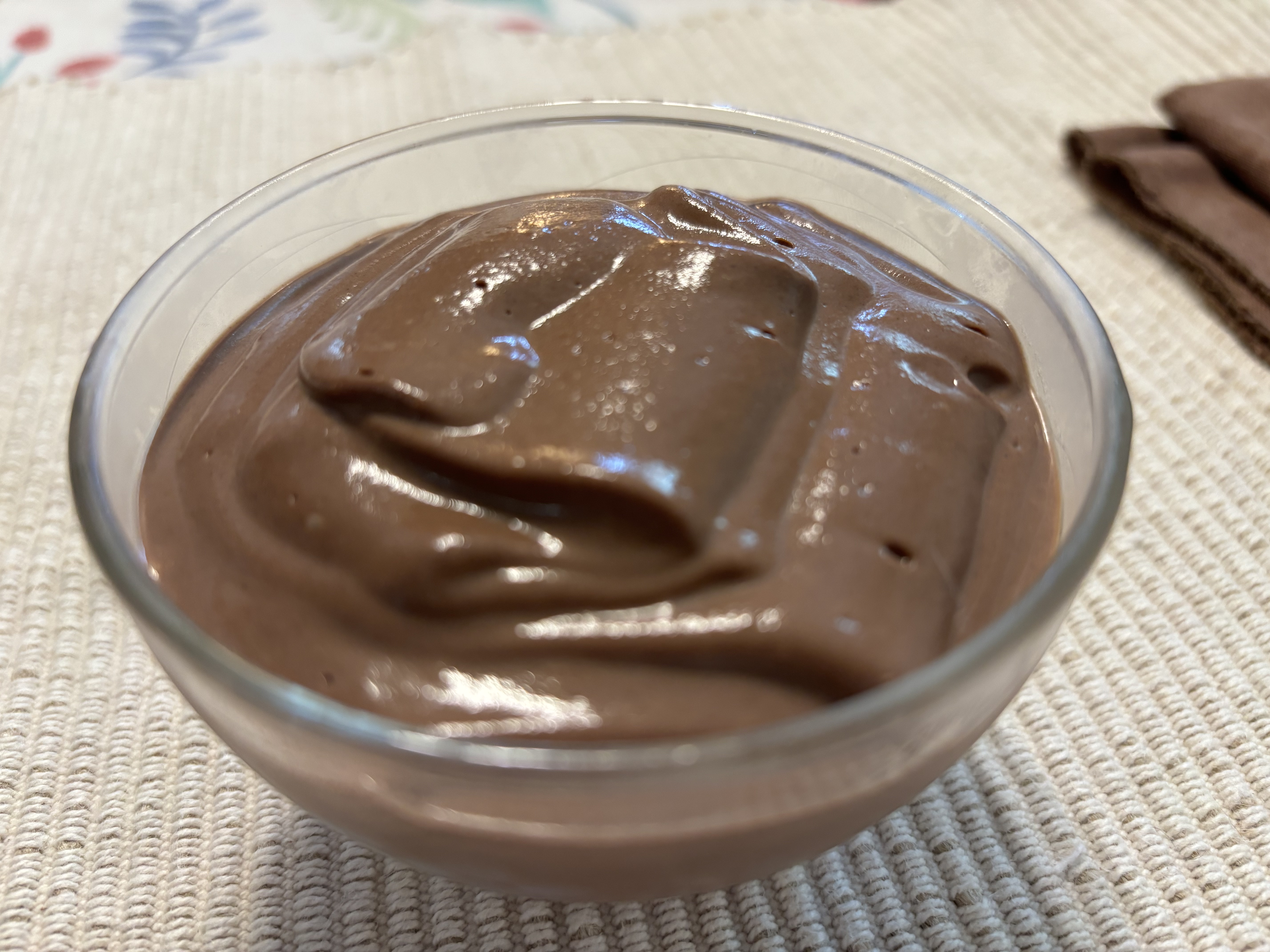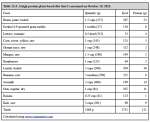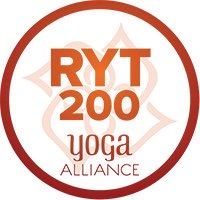Pre-exhaustion Debunked
Do pre-exhaustion protocols produce superior resistance training outcomes compared to conventional training?
In this article I take a critical look at the rationale for for this method and review the several studies that have shown that pre-exhaustion protocols do not produce superior results.
Pre-exhaustion protocols are based on the belief that when doing multi-joint exercises one of the multiple muscles involved is a "weak link" that fails before the largest target muscle. For example, it was claimed that when doing a chin up the biceps are the weak link, and when doing push-ups or dips the triceps are the weak link.
The pre-exhaust technique was developed to get around this alleged weak link. The method involves doing a single- joint exercise for the torso muscle to "pre-exhaust" it then as quickly as possible do a multi-joint exercise for that muscle. It was claimed that then the fresh but smaller muscle ( biceps or triceps) would help the larger torso muscles (upper back or pectorals) do more work.
A simple mechanical analysis would have revealed that this was misguided. In order for one muscle to help another the two must cross the same joint and have the same function on the levers at that joint. This does not apply to any of the pre-exhaustion protocols for torso muscles.
The biceps only functions are to bend the elbows, supinate the wrists and flex the shoulder. The latissimus dorsi extends and adducts the upper arm. Thus the biceps can't assist the lats because it doesn't perform the same function as the lats i.e. extension of the upper arm. Same applies to the triceps and pectorals or deltoids.
For the thighs, the quadriceps extend the knee in squats, leg presses and leg extensions, while the gluteus and hamstrings extend the femur. Since the glutes and hamstrings don’t extend the knee, they can’t directly “help” the quadriceps extend the knee.
Moreover no one has ever established experimentally that the upper arm muscles fatigue before the torso muscles in multi-joint torso exercises, or that the quadricpes fatigue before the glutes (or vice versa) in squats or leg presses. It is unlikely this is the case since the direction of resistance in such exercises is not in direct opposition to the function of the arm or thigh muscles.
For example, during a push up, dip or bench press the direction of resistance is opposite to the action of the pectorals (horizontal adduction of the upper arm), but 90 degrees out of phase with direct opposition to the action of the triceps (elbow extension). During a pull up, the direction of resistance is nearly directly opposite to the action of the latissimus dorsi (extension of the upper arm) but about 90 degrees out of phase with direct opposition to the action of the biceps (elbow flexion). In other words, the resistance is not directly opposed to the limb muscles so they are not as directly loaded as the torso muscles, which prevents the limb muscles from reaching fatigue faster than the torso muscles.
It is highly unlikely that Nature would design the body such that the limb muscles would limit the ability of the larger, stronger hip or shoulder girdle muscles. This would mean, for example, that during running, the lower limb muscles would be preventing you from using your much larger and stronger hip muscles to their full capacity. There would be no point in having larger, stronger muscles at the hips or shoulder girdle if the strength of these muscles was ultimately limited by the smaller, weaker limb muscles.
Pre-exhaustion Research
Golas et al investigated whether performing a single joint exercise (incline dumbbell fly) for the pectoralis major (PM) before the bench press would produce higher PM activation during the bench press than without pre-exhaustion. 1 They found peak PM activation was not significantly different regardless of pre-exhaustion. However, performing a triceps isolation exercise before bench press did result in a higher activation of the triceps during bench press. This is because normally during bench press the triceps are not a weak link because the resistance is not directly opposed to triceps function; however if you pre-fatigue the triceps, they will have to work harder in the bench press.
Gentil et al performed a similar experiment using a pec dec and chest press and also reported that “performing pre-exhaustion exercise is no more effective in increasing the activation of the prefatigued muscles during the multi-joint exercise.”2
Augustsson et al tested muscle activation of the quadriceps and gluteus maximus in the leg press with and without pre-exhaustion with the leg extension.3 They reported that the quadriceps activation during the leg press exercise was significantly less when the quadriceps were pre-exhausted with the leg extension! Moreover, there was no change in activation of the gluteus maximus with pre-exhaustion.
Fisher and colleagues, advocates of high intensity training, put the pre-exhaust hypothesis to another empirical test.4 They found that using the pre-exhaust method did not produce any better gains in strength or mass than performing the same movements but with a normal rest period between them.
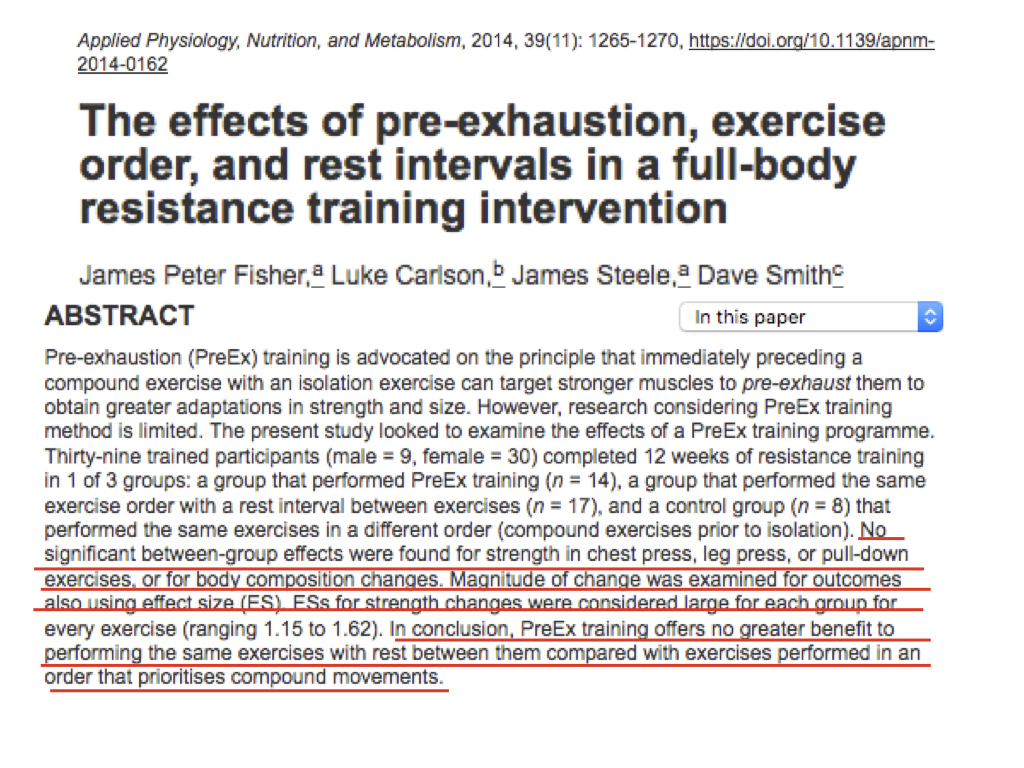
In fact, the graphic presentation of the results suggests that incorporating a normal rest period between the single-joint and multi-joint exercises shows a trend toward superior results in comparison to the pre-exhaustion method .
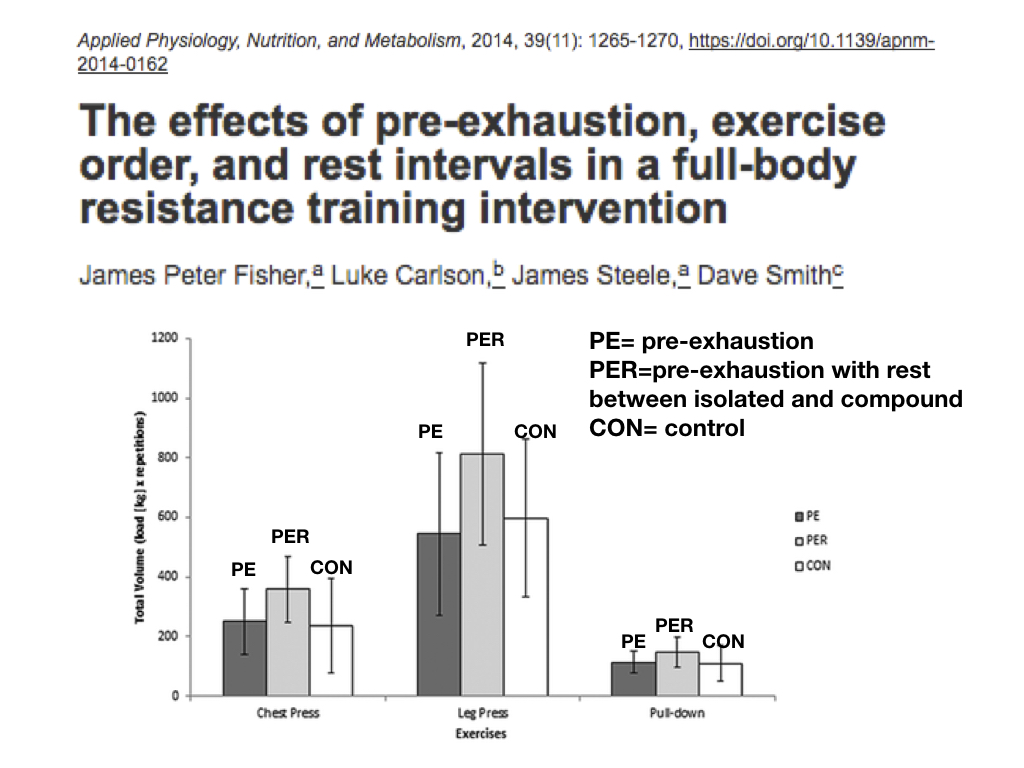
Trindade and colleagues investigated the use of leg extension as a pre-exhaustion exercise for the leg press, compared to traditional performance of the leg press alone.5 Both groups increased strength in both leg press and leg extension, with no difference between the groups for the leg press. Both groups increased thickness of the quadriceps, with no overall difference between the groups. The pre-exhaustion group showed slightly greater hypertrophy of the vastus lateralis, while the traditional training group showed slightly greater hypertrophy for the rectus femoris. These regional differences are likely due to use of leg extensions by the pre-exhaust group but not the leg press group, not a result of the pre-exhaustion method. The traditional training group gained more total body mass, almost twice as much total lean mass and slightly (insignificantly) more thigh lean mass. The traditional training group also lost a greater % fat mass (–3.8 vs –2.2). In the authors' words, "only the TRT group displayed an increase in total body fat-free mass, decrease in total body fat percentage, and lower limb body fat.
NOTES
- Gołaś A, Maszczyk A, Pietraszewski P, Stastny P, Tufano JJ, Zając A. Effectsof Pre-exhaustion on the Patterns of Muscular Activity in the Flat Bench Press. J Strength Cond Res. 2017 Jul;31(7):1919-1924. doi: 10.1519/JSC.0000000000001755. PubMed PMID: 27984499.
- Gentil P, Oliveira E, de Araújo Rocha Júnior V, do Carmo J, Bottaro M. Effects of exercise order on upper-body muscle activation and exercise performance. J Strength Cond Res. 2007 Nov;21(4):1082-6. PubMed PMID: 18076251.
- Augustsson J, Thomeé R, Hörnstedt P, Lindblom J, Karlsson J, Grimby G. Effect of pre-exhaustion exercise on lower-extremity muscle activation during a legpress exercise. J Strength Cond Res. 2003 May;17(2):411-6. PubMed PMID: 12741886.
- Fisher JP, Carlson L, Steele J, Smith D. The effects of pre-exhaustion,exercise order, and rest intervals in a full-body resistance training intervention. Appl Physiol Nutr Metab. 2014 Nov;39(11):1265-70. doi: 10.1139/apnm-2014-0162. Epub 2014 Aug 5. PubMed PMID: 25092528.
- Trindade TB, Prestes J, Neto LO, et al. Effects of Pre-exhaustion Versus Traditional Resistance Training on Training Volume, Maximal Strength, and Quadriceps Hypertrophy. Front Physiol. 2019;10:1424. Published 2019 Nov 19. doi:10.3389/fphys.2019.01424
Recent Articles
-
Ancient Roman Soldier Diet
Apr 14, 25 05:19 PM
A discussion of the ancient Roman soldier diet, its staple foods and nutritional value, and a vegan minimalist version. -
High Protein Chocolate Tofu Pudding
Jul 01, 24 12:41 PM
A delicious high protein chocolate tofu pudding. -
Vegan Macrobiotic Diet For Psoriasis
Sep 05, 23 06:36 PM
Vegan macrobiotic diet for psoriasis. My progress healing psoriasis with a vegan macrobiotic diet. -
How Every Disease Develops
Aug 04, 23 06:22 PM
How every disease develops over time, according to macrobiotic medicine. -
Why Do People Quit Being Vegan?
Jun 28, 23 08:04 PM
Why do people quit being vegan? How peer pressure and ego conspire against vegans. -
Powered By Plants
Mar 16, 23 08:01 PM
Powered By Plants is a book in which I have presented a lot of scientific evidence that humans are designed by Nature for a whole foods plant-based diet. -
Carnism Versus Libertarianism
Dec 30, 22 01:55 PM
Carnism Versus Libertarianism is an e-book demonstrating that carnism is in principle incompatible with libertarianism, voluntaryism, and anarchism. -
The Most Dangerous Superstition Book Review
Nov 15, 22 08:46 PM
Review of the book The Most Dangerous Superstition by Larken Rose.
